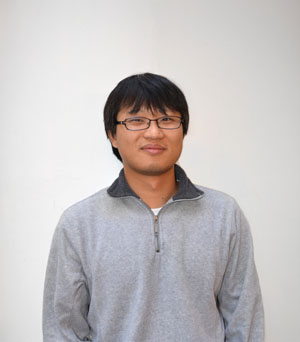Du Ho Kang is designing low cost indoor wireless systems
Du Ho Kang from Sout Korea came to School of ICT in 2010 for PhD studies. Now he has defended his licentiate thesis on the topic Cost Effective Interference Management in Ultra-dense Hotspot Mobile Broadband Systems.

Where are you from and where did you study before coming to School of ICT at KTH?
– I am from South Korea and obtained my Master degree in Seoul National University.
What is your topic and why did you choose it?
– My topic is designing a low cost indoor and hotspot wireless access system.
Describe your topic in short
– Nowadays, Wi-Fi plays a key role for most smartphone users to access free and high-speed mobile Internet access. However, soon, too many Wi-Fi access points will hinder such high-speed mobile Internet access due to fundamental ‘interference’ problem in wireless systems. Ideally, we can make very advanced systems such as 3G/4G, but it is very expensive so that users may not want to pay for the expensive systems. Thus, my research topic is how to deal with such growing interference issues in very dense access point environments with marginal cost increase of the system.
Tell us something about your results
– So far, we found that the existing Wi-Fi system will not work as users want faster and faster Internet access. Also, it is very dependent on places. In other words, open areas such as shopping malls will face the Wi-Fi limit sooner than typical offices with many walls. Thus, current results show that we need in long-term more advanced systems to satisfy growing user expectation on faster mobile Internet.
What will the future bring for your research, how will you continue and what focus will you have on your PhD thesis?
– My ultimate goal is how to design a future wireless access system with reasonably low cost to satisfy high user expectation with proper interference management. Thus, the focus will be put on the performance evaluation of potential system candidates and compare their wireless network cost and architecture.

